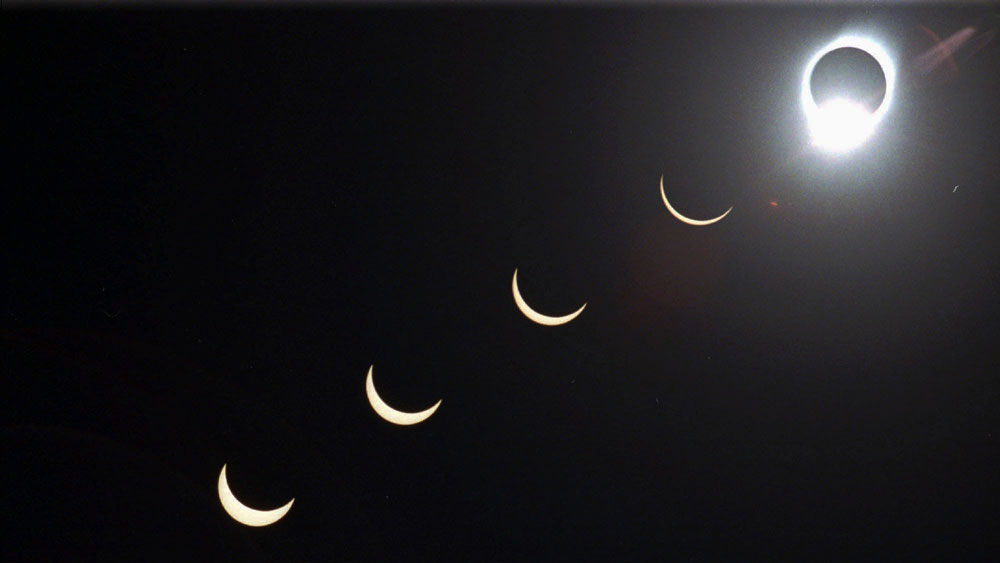
Mar 24
How To Get The Perfect Shot During The Solar Eclipse
READ TIME: 2 MIN.
A total solar eclipse is coming to North America.
The peak spectacle on April 8 will last up to 4 minutes, 28 seconds in the path of total darkness – twice as long as the total solar eclipse that dimmed U.S. skies in 2017.
This year's eclipse will enter over Mexico's Pacific coast, head up from Texas to Maine, before exiting over eastern Canada into the Atlantic.
"It's all about the experience, just being able to take your own picture of it," said Julio Cortez, Associated Press chief photographer for Texas and Oklahoma.
For first-time eclipse photographers, the event presents a rare opportunity to turn their cameras toward the sun – with safety in mind. Just like any viewer would need to wear protective eclipse glasses, cameras also need a special protective cover.
"Most important thing I tell people is you really have to be mindful of the safety. You have to have the right equipment," Cortez said.
Photographers will need a proper solar filter on the lens of their camera while snapping pictures of the eclipse, according to NASA.
To nail the perfect shot, Cortez recommends practicing ahead of the solar eclipse. Using a higher aperture such as f/11 or f/16 will also help keep the sun in focus, he said.
An estimated 44 million people live inside the 115-mile-wide (185-kilometer-wide) path of totality stretching from Mazatlán, Mexico to Newfoundland; about 32 million of them are in the U.S.







